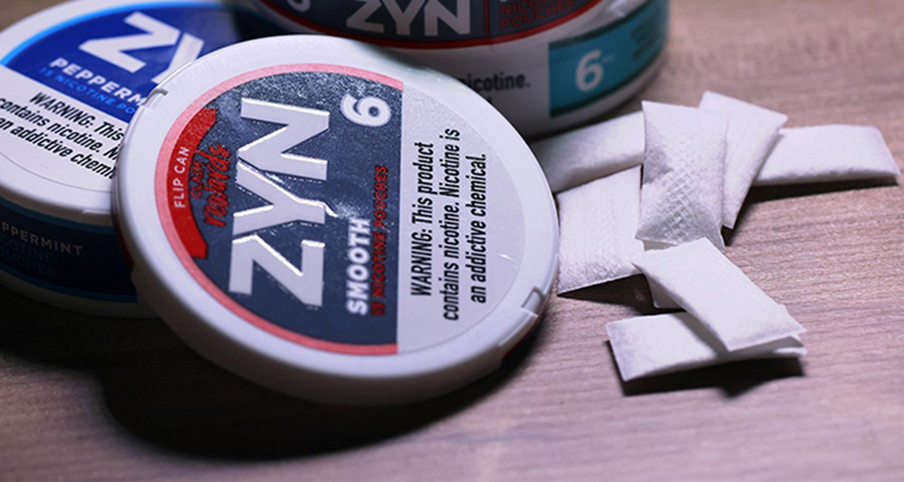
The rise of oral nicotine pouches, such as Zyn and Velo in the U.S., represents a significant shift in the landscape of nicotine consumption. These products are marketed as a less harmful alternative to traditional cigarettes, delivering comparable levels of nicotine without the high levels of toxic substances found in tobacco smoke. However, their increasing popularity among non-smokers and youth raises important public health concerns.
What Are Oral Nicotine Pouches?
Oral nicotine pouches are small, preportioned sachets available in various flavors and nicotine strengths. Unlike traditional ‘snus‘—a form of smokeless tobacco used in Scandinavia—these pouches do not contain tobacco leaf, leading to their marketing as “tobacco-free.” This distinction, however, can be misleading. A study from our systematic review, published in the journal Nicotine and Tobacco Research, found that some consumers mistakenly believe that “tobacco-free” means nicotine-free.
Reduced Toxins, But Not Risk-Free
Our review indicates that, on average, nicotine pouches contain fewer and lower levels of harmful chemicals compared to cigarettes and smokeless tobacco products like snus. However, this varies by product, with different flavors potentially contributing to varying levels of harmful substances. The primary reasons users cite for choosing these pouches include curiosity, the appeal of flavors, and their discreet nature, which allows use in places where smoking is prohibited.
Growing Popularity and Public Health Implications
The use of nicotine pouches is on the rise, with significant awareness among U.S. youth—35% to 42% know about these products. Alarmingly, 9% to 21% of non-tobacco users expressed openness to trying them. This trend underscores the need for comprehensive public education on the risks associated with nicotine use, particularly among young people and non-smokers.
Nicotine, while not the primary cause of smoking-related diseases, is highly addictive. Excessive nicotine intake can lead to adverse health effects, especially in individuals who have not previously used nicotine products. Yet, nicotine replacement therapies (NRTs) like gum and patches have long been used to help people quit smoking, suggesting that safer nicotine delivery methods can play a role in smoking cessation.
The Need for More Research
Despite the potential benefits of nicotine pouches over smoking, there is still much we don’t know. Unlike NRTs and e-cigarettes, which have been extensively studied, the body of research on nicotine pouches is limited. Most existing studies are small and often funded by the tobacco industry, which has a history of biased research practices.
Looking Ahead
Cigarettes remain the leading cause of preventable disease and death globally. If nicotine pouches can fully replace smoking, they could lead to substantial public health benefits. However, this potential must be balanced with caution. We need large-scale, long-term independent studies to better understand the health impacts of nicotine pouches. Additionally, monitoring usage patterns and marketing strategies is crucial to prevent targeting non-smokers and vulnerable populations.
Conclusion
While oral nicotine pouches may offer a less harmful alternative to smoking, they are not without risks. Public health strategies must focus on educating consumers, particularly youth, about these risks and ensuring that nicotine products are not marketed in a way that encourages use among non-smokers. Future research will be key to understanding the full implications of this emerging trend in nicotine consumption.
For further updates on developments in science, health, and technology, subscribe to our nicotine pouches news from nicotinepouchbrands.
This comprehensive overview underscores the dual nature of nicotine pouches: potential harm reduction for smokers and emerging risks for non-smokers and youth. Continued vigilance and research are necessary to navigate this evolving landscape responsibly.


